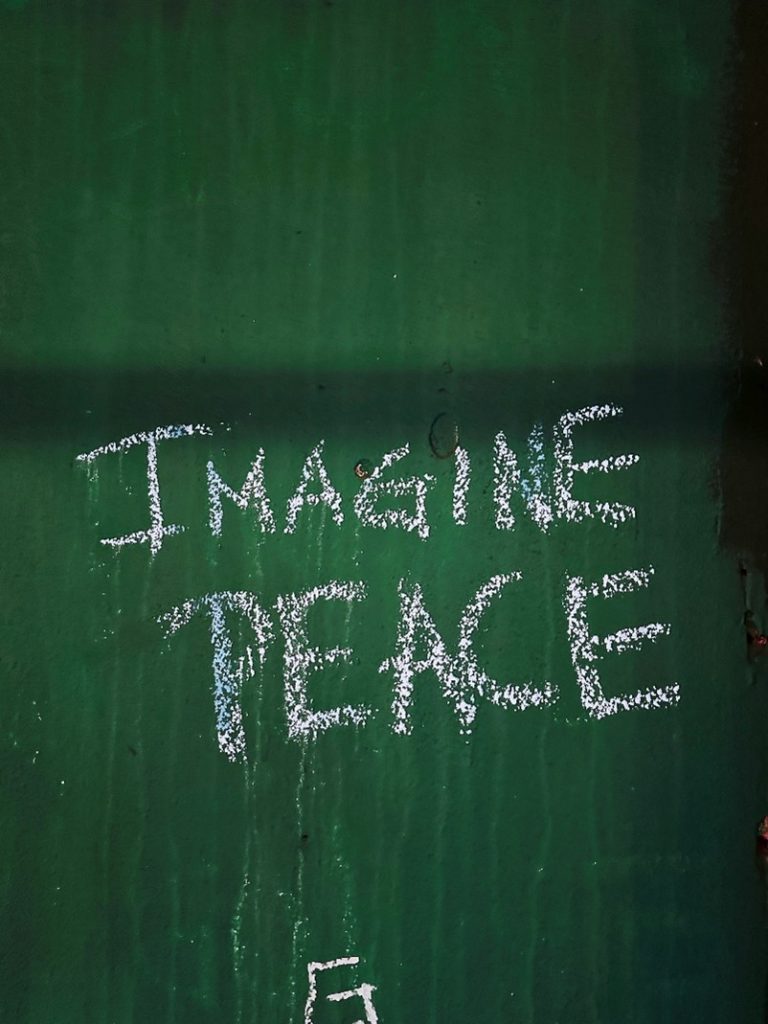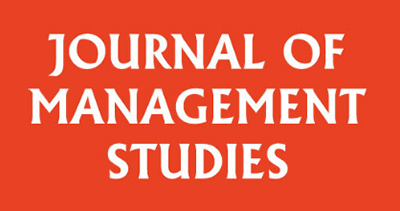
What did you study, and why is that important?
Business and management research has increasingly focused on how companies can aid peacebuilding. This interdisciplinary research within the field of ‘business and peace’ has generated a diverse body of knowledge, primarily driven by practitioners. However, varying analytical approaches have resulted in limited theoretical agreement on the role of business in conflict and peace. Business motivations for organizations to engage in peacebuilding are often linked to economic development. Although firm-level studies provide descriptive strategies for businesses to participate in peacebuilding, they frequently overlook the potential for businesses to cause conflict and lack comprehensive frameworks. Also, scholars have questioned the connection between economic development and peacebuilding, and debates on the definition of ‘peace’ often blur the lines between individual businesses and the private sector as a whole. As a result, the role of organizations in conflict zones remains under-theorized, offering scholars and practitioners few tools to analyze their impact.
How did you study it?
We undertook a systematic review, published in the Journal of Management Studies, of extant scholarly research, focused on consolidating an understanding of how the organization affects peace and conflict. Our review provides an overview of business and peace, which includes underlying assumptions that have emerged, conflicting views, and key critiques and inconsistencies. Our method centred on the organization as the unit of analysis and examined how organizations exert their agency through intended peacebuilding activities and normal operations to effect peace and conflict. In total, we undertook a systematic review of 215 interdisciplinary contributions.
What did you find?
We identified first-level codes of how businesses affect peace, which we grouped into 22 second-level categories and then aggregated these into five domains of business activity:
Domain 1: Institutions: In their interactions, businesses can influence institutions toward peace-promoting or conflict-causing patterns by advancing or undermining legal norms by, for example, upholding legal norms and promoting the rule of law through internal standards and compliance, which can also bring economic benefits. However, legal compliance is not always ethical, and some businesses may avoid legal mandates to maintain integrity. Businesses can also adopt anti-corruption policies and transparency measures to fight corruption, which is closely linked to violence. Additionally, businesses can use their influence through lobbying and political CSR to advance inclusive institutions and engage in peace negotiations, for example track-two diplomacy. Finally, businesses can shape societal norms through communications that promote peace and social cohesion.
Domain 2: Markets: Businesses can strengthen market ecosystems to promote economic effects that undermine conflict drivers. They can enhance market system development, which impacts peace and conflict, by advancing trade policies that foster economic interdependence and inclusion of marginalized groups. Businesses can also undertake market and infrastructure development projects. Additionally, maintaining environmental integrity is crucial for protecting livelihoods, and businesses can promote market-based environmental processes to achieve this.
Domain 3: Communities: Businesses interact with communities in conflict zones, and their activities can either alleviate or exacerbate conflict. To help communities, businesses can provide essential goods and services, addressing immediate needs and preventing poverty and violence. Partnerships with governments and humanitarian agencies can also ensure essential supplies reach the poor. Businesses can engage in wealth and resource redistribution through philanthropy or CSR programs. Training and capability transfers can enhance community livelihoods by sharing business skills. Direct relationship building with communities through stakeholder forums and resource agreements can improve intergroup cohesion. Businesses can also provide technologies to address humanitarian challenges and support peacebuilding processes.
Domain 4: Operations: Businesses often adopt conflict-sensitive governance practices to protect themselves from the effects of conflict. These practices include planning, risk assessments, best practice benchmarking, regular monitoring, feedback, and reporting. Adopting third-party standards can also help businesses reduce their impact on conflict. Collaborative industry networks promote responsible practices and social cohesion, enhancing local standardization and advanced practices. Businesses can develop inclusive economic relationships that alleviate inequality and promote intergroup cohesion by structuring stakeholder relationships and distributing wealth inclusively. Finally, businesses can withdraw from areas influenced by violent groups or refuse financial engagements with such actors, thereby defunding those who contribute to conflict and human rights violations.
Domain 5: Employees: Businesses impact their employees directly, promoting equality and stability through inclusive hiring and job creation. Peace-positive jobs provide fair wages and good working conditions, reducing poverty and fostering sustainable livelihoods. Ensuring employee rights and protections is also crucial. Businesses can enhance their staff’s capacity by providing training and knowledge, which helps employees generate livelihoods beyond their immediate jobs. Employing members of different social groups can promote cohesion. Businesses can use team-building and conflict mediation practices to manage intergroup tensions and create a peaceful work environment.
Why and how do these findings matter and for whom?
Our review highlights the dual role businesses play in peace and conflict across five domains. These domains show how businesses can have both positive and negative impacts on their environment. Therefore, businesses must thoroughly examine their peace or conflict impacts. By mapping these effects with examples, our review provides a foundation for real-world business assessments and encourages deeper engagement from scholars and practitioners in the dynamics of business and peace.
What are the (actionable) takeaways?
Our framework illustrates that, across our categories and domains, businesses generate heterogeneous effects. This, in turn, moves the focus away from celebrating instances of peace-positive behavior, toward looking for ways to amend the inherent negative aspects of business because a peace-positive organization must concurrently advance positive effects across the full range of its stakeholder engagements to avoid the pitfalls of encouraging peacebuilding in one area while creating conflict in another. Our framework contradicts the idea that economic development alone advances peace and instead recognizes that these interactions occur within an embedded system of actors that also includes non-commercial dynamics that require engagement. Therefore, organizations must participate across their sphere of influence, and not only deploy positive practices but also reform the areas of their business that cause conflict. Thus, we go beyond polarized views of business as inherently good or bad for peace; business can be both, depending on the effects that each business creates.

0 Comments